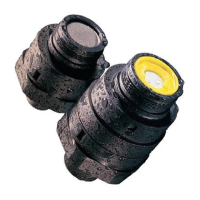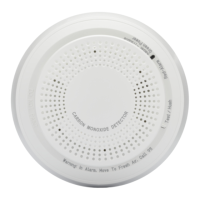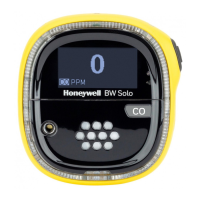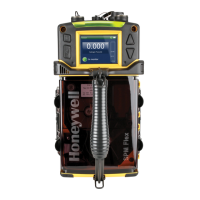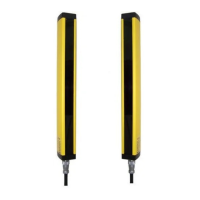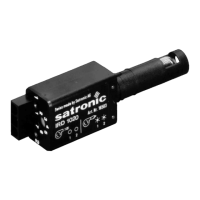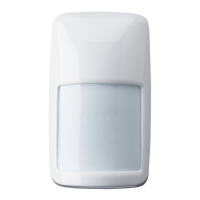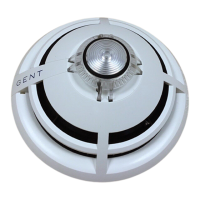Sensepoint XCD RFD Technical Manual SPXCDHMRFENU Issue 1
2
1 Safety
Ensure that this Operating Manual is read and understood BEFORE installing / operating
/ maintaining the equipment. Pay particular attention to Warnings and Cautions. All
document Warnings are listed here and repeated where appropriate at the start of the
relevant chapter(s) of this Operating Manual. Cautions appear in the sections/sub-sections
of the document where they apply
WARNINGS
Sensepoint XCD RFD is designed for installation and use in Class I, Division 1, Groups B,C
& D Hazardous Areas in the Americas.
Installation must be in accordance with the recognized standards of the appropriate
authority in the country concerned.
Access to the interior of the detector, when carrying out any work, must only be conducted
by trained personnel.
Before carrying out any work ensure local regulations and site procedures are followed.
Appropriate standards must be followed to maintain the overall certication of the detector.
If using an anti-seize compound, the threads should be thinly coated with an approved
silicone free compound e.g. petroleum jelly
To reduce the risk of ignition of hazardous atmosphere, de-classify the area or disconnect
the equipment from the supply circuit before opening the detector enclosure. Keep
assembly tightly closed during operation.
Never attempt to open a junction box/enclosure or replace/ret the sensor in potentially
hazardous atmospheres while power is still applied to the transmitter.
The detector must be earthed/grounded for electrical safety and to limit the effects of radio
frequency interference. Earth/ground points are provided inside and outside the unit. The
internal grounding shall be used as the primary equipment ground. The external terminal is
only a supplemental bonding connection where local authorities permit or require such a
connection.
Ensure that all screens/instrument earth/clean earth wiring is earthed/grounded at a single
point (either at the controller or detector - BUT NOT BOTH) to prevent false readings or
alarms that may occur due to potential earth/ground loops.
Take care when handling sensors as they may contain corrosive solutions.
Do not tamper with or in any way disassemble the sensor.
Do not expose to temperatures outside the recommended ranges.
Do not expose sensors under storage conditions to organic solvents or ammable liquids.
This equipment is designed and constructed as to prevent ignition sources arising, even
in the event of frequent disturbances or equipment operating faults. Note: The control card
must have a suitably rated fuse.
The sensor head must be tted with the supplied weather protection, and mounted so that
the sinter is pointing downward to provide ingress protection IPX6.
The weather protection is a potential electrostatic charging hazard. The manufacturer’s
instructions should be observed.
The Sensepoint sensor is a possible Electrostatic risk - Do not rub or clean with solvents.
Clean with a damp cloth. High velocity airows and dusty environments can cause
hazardous electrostatic charges.
Refer to the Sensepoint XCD RFD Control Drawing 3001EC091 shown in section 17.

